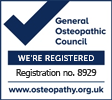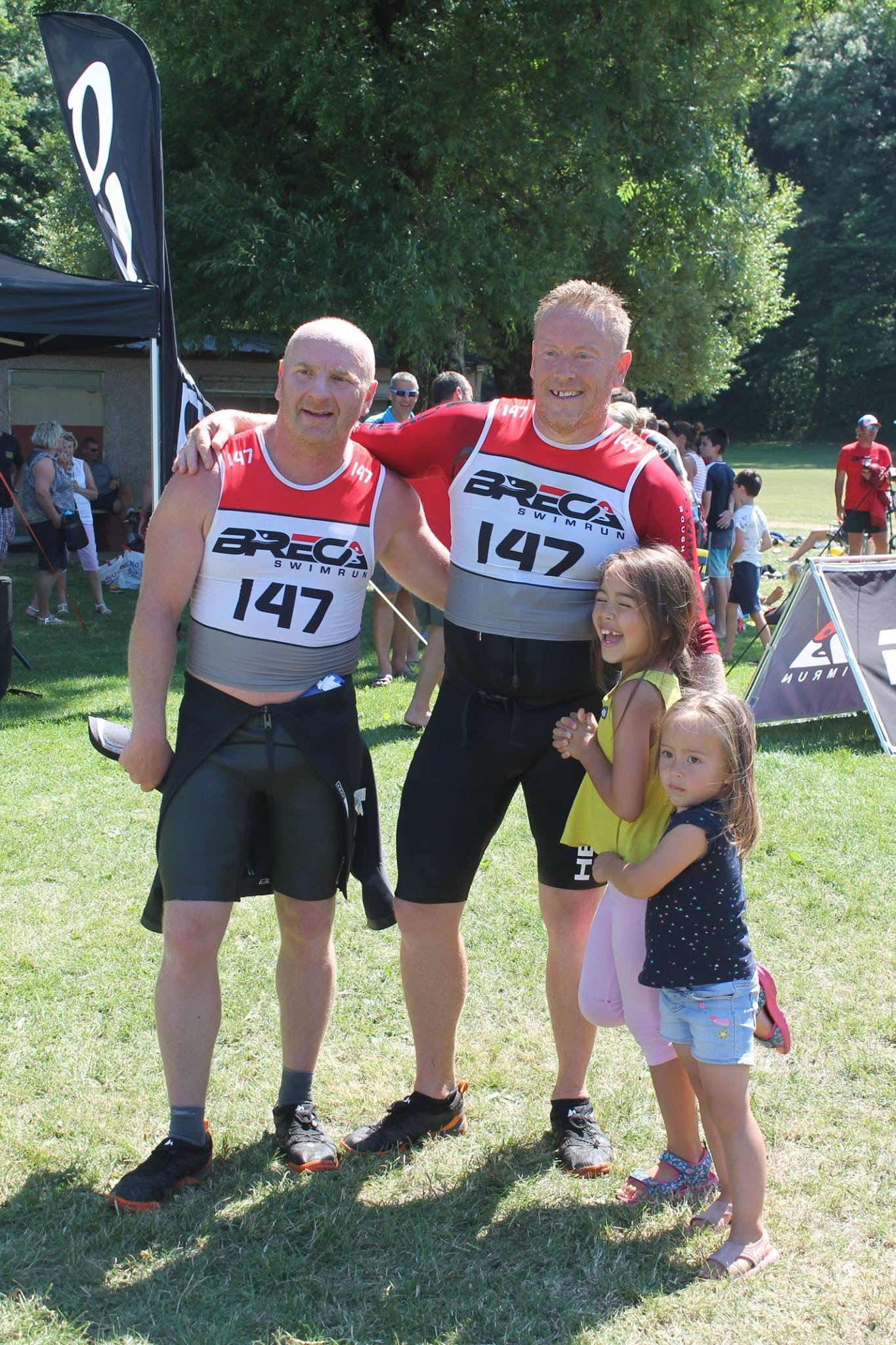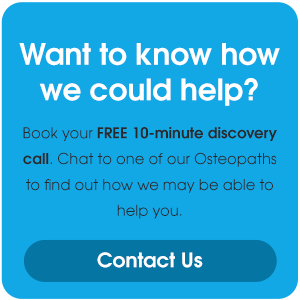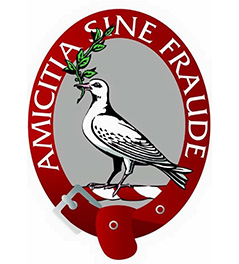What are things that we can all do tonight and in the future to start getting better sleep? Well, beyond carving out a non-negotiable eight-hour sleep opportunity, there are probably at least five things that we can do.
1/try and maintain regularity. And if there’s one thing that you take away from this, it would be going to bed at the same time and waking up at the same time, no matter whether it’s the weekday or the weekend. Even if you’ve had a bad night of sleep, still wake up at the same time of day and reset.
2/We are a dark-deprived society in this modern era and we need darkness in the evening to allow the release of a hormone called melatonin. And melatonin helps the healthy timing of our sleep.
So try to dim down half the lights in your home in the hour before bed. Stay away from screens, especially those LED screens — they emit blue light that actually puts the breaks on melatonin. And those blue-light emitting devices fool your brain into thinking that it’s still daytime, even though it’s nighttime and you want to get to sleep.
3/The next key ingredient is to keep it cool. Many of us actually have a bedroom that’s too warm in terms of temperature.
So an optimal temperature is about 68 degrees Fahrenheit or about 18 and a half degrees Celsius. And the reason is that your brain and your body need to drop their core temperature by about two or three degrees Fahrenheit to initiate good sleep. And that’s the reason why you’ll always find it easier to fall asleep in a room that’s too cold than too hot. So having a cool room actually takes your brain and body in the right temperature direction to get good sleep.
4/ Avoid alcohol and caffeine. Unfortunately, this makes me deeply unpopular but alcohol is perhaps the most misunderstood drug when it comes to sleep. People think that it helps them fall asleep. That’s not actually true. Alcohol is a class of drugs that we call, “the sedatives.” And what you’re doing is just knocking your brain out. You’re not putting it into natural sleep.
We also know that alcohol will fragment your sleep. So you’ll wake up many more times throughout the night. And alcohol is also a very potent chemical for blocking your dream sleep or your rapid eye movement sleep.
Caffeine is also a problem. Many of us know that caffeine can keep us awake. It’s an alerting chemical, it’s a stimulant in terms of a class of drugs. But few people know that even if you can have a cup of coffee after dinner and you fall asleep fine and maybe you stay asleep, the depth of the deep sleep that you have when there is caffeine within your brain isn’t as deep as when you’ve abstained from that cup of coffee after dinner. So as a consequence, you wake up the next morning, you feel unrefreshed and you don’t remember waking up or having a difficult time falling asleep but now you find yourself reaching for two or three cups of coffee in the morning and you develop this dependency, this addiction cycle.
5/Dont stay in bed awake. So if you haven’t fallen asleep within 20 or so minutes or you’ve woken up and you’re finding it difficult to fall back asleep, don’t stay in bed awake. The reason is that your brain very quickly starts to learn the association between your bed being about the place that you’re awake rather than your bed being about sleep. So the advice is to get up, go to another room and in dim light, just read a book. No screens, no email checking, no food. And only when you feel sleepy should you return to bed and that way you can then actually re-learn the association between your bedroom being about the place of sleep rather than being awake.
speak to us at the clinic if unsure


















